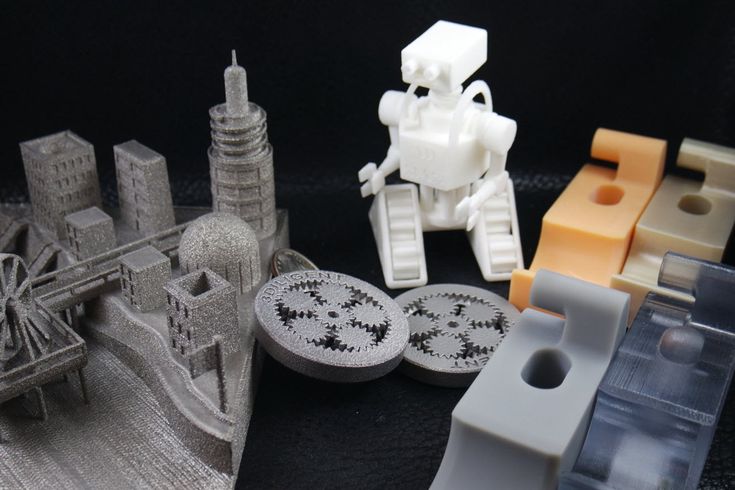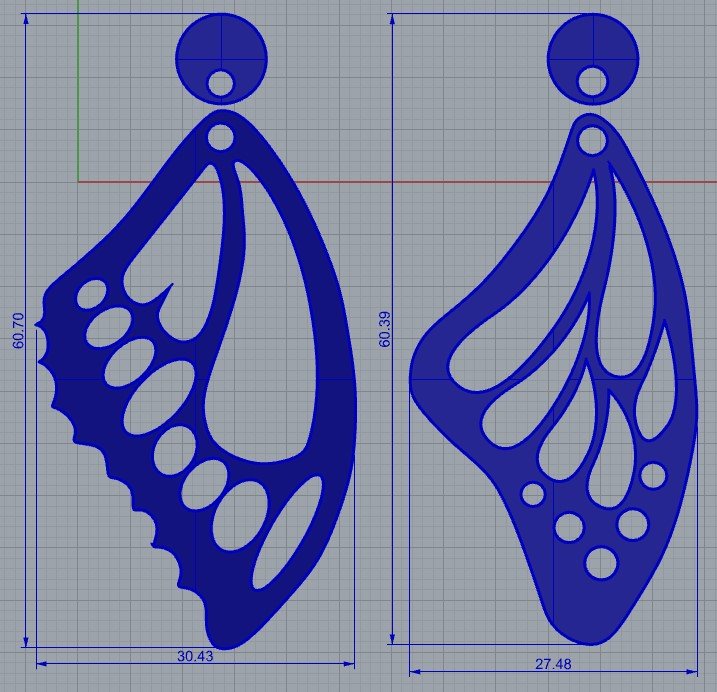Sacramento library 3d printer
Free 3D Printer Available At Multiple Yolo County Library Locations
Local News
/ CBS Sacramento
WOODLAND (CBS13) — Library cardholders have an exciting new opportunity at the Yolo County Library — a 3D Printer.
The 3D printers are now available by appointment at the Arthur F. Turner Community Library in West Sacramento and the Mary L. Stephens Branch Library in Davis.
In addition to the permanent printers, a mobile 3D printer will visit six additional Yolo County Library locations on a monthly basis, starting with the Knights Landing Branch in late July.
The library said, "3D printing, or additive manufacturing, is a process of making three-dimensional objects from a digital file, usually by adding successive layers of heated, extruded material. The printers can be used to build objects from figurines to jewelry to household tools."
Individuals can custom design objects using 3D modeling software, or they can visit websites, such as www.thingiverse.com, which provide design-ready objects for printing.
3D printer appointments are three-hours long and are available at the following locations:
Arthur F. Turner Community Library, located at 1212 Merkley Avenue in West Sacramento.
- Tuesdays: 4:00 p.m.–7:00 p.m.
- Wednesdays: 11:00 a.m.–2:00 p.m.
- Thursdays: 4:00 p.m.–7:00 p.m.
- Saturdays: 10:00 a.m.–1:00 p.m. and 1:00 p.m.–4:00 p.m.
Mary L. Stephens – Davis Branch Library, located at 315 E. 14th Street in Davis.
- Mondays, Tuesdays, and Wednesdays: 5:00 p.m.–8:00 p.m.
- Thursdays: 10:00 a.m.–1:00 p.m. and 5:00 p.m.–8:00 p.m.
- Saturdays: 10:00 a.m.–1:00 p.m. and 1:00 p.m.–4:00 p.m.
(Note: Appointments may be booked back-to-back for larger files.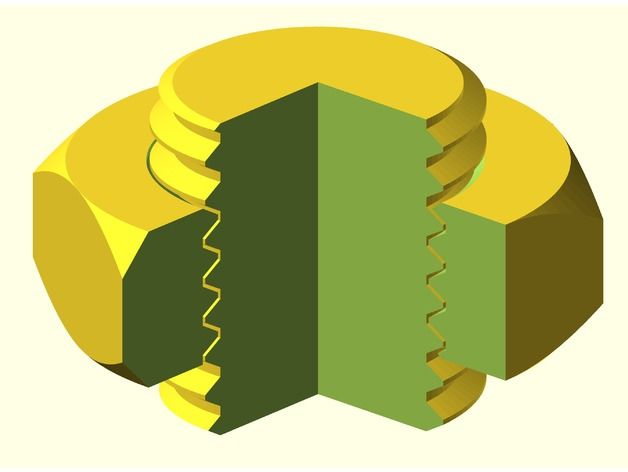 )
)
For information on the upcoming dates and appointment times for the mobile 3D printer at the Knights Landing Branch Library, located at 42351 3rd St. in Knights Landing, please call (530) 735-6593.
To use a 3D printer, individuals must have: a Yolo County Library card in good standing viewed the instructional video(s) found here: https://tinyurl.com/YCL3Dprinter and posted on the Library's website (or possess sufficient experience to use the equipment safely and appropriately), and signed a user agreement and liability waiver. Children under the age of 13 must be accompanied by an adult.
This project was made possible in part by the Institute of Museum and Library Services, the California State Library, and the Friends of the Davis Public Library. For more information or to make an appointment, visit your local Yolo County Library branch or: www.yolocountylibrary.org. Connect with the Yolo County Library on Facebook at www.facebook. com/yolocountylibrary.org.
com/yolocountylibrary.org.
First published on July 6, 2018 / 11:48 AM
© 2018 CBS Broadcasting Inc. All Rights Reserved.
Thanks for reading CBS NEWS.
Create your free account or log in
for more features.
Please enter email address to continue
Please enter valid email address to continue
8 Sacramento Public Library Secrets
Sure, you know you can check out books at the Sacramento Public Library… but did you know you can publish one there, too? We’ve dug through all the information we can find on the SPL and we’ve found all sorts of services you probably didn’t know you could get!
I know I’ve said this a lot throughout our nationwide series on library systems but I really mean it this time: the Sacramento Public Library is my absolute favorite. Here are a few reasons why:
- Library of Things
- Design Spot
- I-Street Press
- Museum Passes
- Online Downloads
- and so much more!
Check out items from the Library of Things.
Create in the Design Spot!
Print your own book at the I-Street Press!
Get FREE museum passes from the Sacramento Public Library!
Download free movies, audio books, e-books and more!
Learn new skills with online and offline library resources!
Need to continue your education or get a job?
Kids & Teens love the Sacramento Library!
Check out items from the Library of Things.Sure, you’ve heard of the Internet of Things… but Sacramento has the Library of Things. Stop by and check out some of their amazing offerings. No, literally – check it out and take it home!
Among other things, you can check out:
- GoPro cameras
- Tablet computers
- Projectors
- Laminators
- Sewing machines
- Button makers
- Drum sets
- Guitars
- Keyboards
- Ukelele
- Board games
- Card games
- Video games
You can also use a serger, 3D scanner and Dero Fixit bike repair station on-site.
I love libraries that offer 3D printing labs. I think it’s a great idea to make this awesome new tech available to everyone in public community centers like libraries. Unfortunately, the Sacramento Public Library’s 3D Printing Lab is temporarily closed while the Arcade Library is being refreshed. It will reopen in Spring 2017.
Once it reopens, you’ll be able to enjoy the Tom Sanderson Design Spot. In addition to three 3D printers, this spot features computers outfitted with AutoCAD and Photoshop. There is no fee to print!
Classes are available at least once a month to help you learn how to use this technology.
Print your own book at the I-Street Press!Got a book you want to publish? Sacramento Public Library has an Espresso Book Machine (EBM) robot that prints, binds and trims paperbacks in minutes! You can produce your own print-on-demand, self-published book!
Please note that this is not a free service. You can find current pricing on the Sacramento Public Library website.
You can find current pricing on the Sacramento Public Library website.
The Sacramento Public Library offers museum and culture passes through the Discover and Go program! This program spans several California library systems and can save you hundreds of dollars on admission to nearly 100 different museums. Click here to find out more!
Download free movies, audio books, e-books and more!The Sacramento Public Library offers access to many different types of software. Some can be checked out for home use; others can be used directly from the Internet!
- Access free e-Books and audiobooks from BookFLIX, Overdrive, Missions of California eBooks, and the Virtual Reference Library.
- Access digital newspapers with Zinio. You’ll find popular titles like Popular Science, Cosmopolitan, Martha Stewart, Every Day with Rachel Ray, National Geographic and so much more! You can also access magazines and newspapers by clicking here.
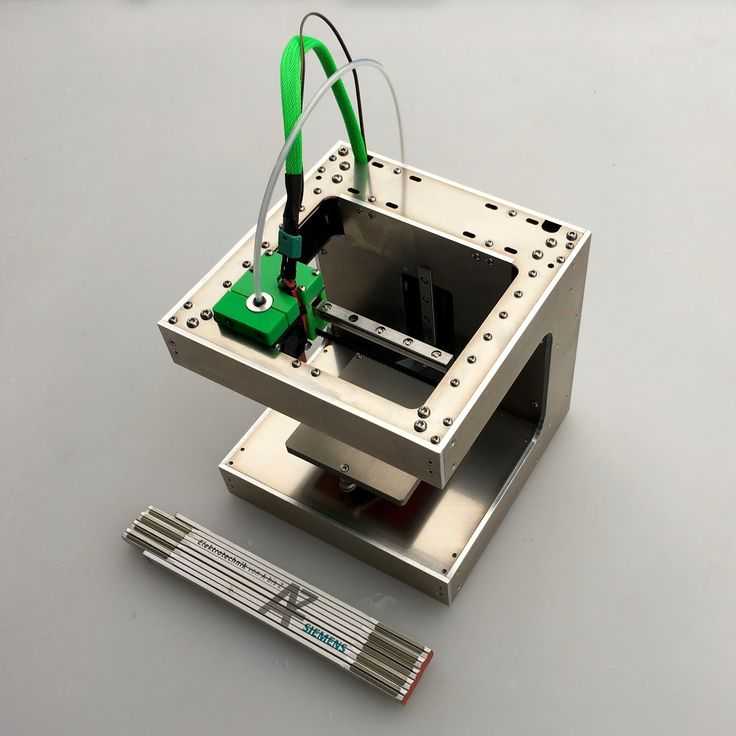
- Get FREE exclusive subscription databases like Chilton’s Auto Repair Guides, Gale Virtual Reference Library, WorldCat.org and more.
Learn new computer skills with Atomic Training’s on-demand tutorials for Microsoft, Adobe and Apple programs. You can also learn about web programming and more!
Learn a new language with Rosetta Stone’s interactive language software. You can learn more than 30 languages for free!
Improve your literacy with free one-on-one tutoring at the library. English and ESL learners can be taught at any library branch. Materials are provided free of charge!
Discover your genealogy with exclusive online tools from your library!
Need to continue your education or get a job?Get a scholarship and earn an accredited high school diploma through the Sacramento Public Library’s Career Online High School.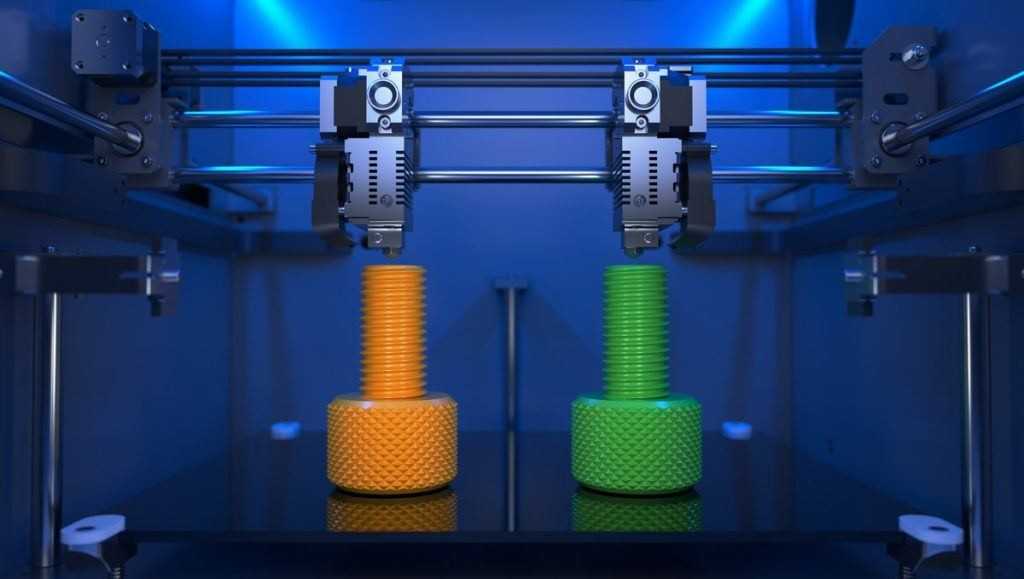 You must be a Sacramento resident and you will be required to complete an online self-assessment, in-person interview and a prerequisite course.
You must be a Sacramento resident and you will be required to complete an online self-assessment, in-person interview and a prerequisite course.
Prepare for your GED with a GED preparation class from the library. View requirements and more here.
Get help with your job search. The library provides a Brainfuse subscription that connects you with one-on-one advisors who will assist with resume writing, interview skills, computer skills, job skills development and more. You can also get in-person assistance at the library during certain hours.
Prepare for the ACT, SAT, ASVAB and more with the courses, eBooks and practice tests available from this subscription service.
Get help with your small business or financial investments as well.
Kids & Teens love the Sacramento Library!
Listen to a story any time by calling (866) 241-7490! Stories are read in Spanish and English… and there’s a new story every week! Call anytime – it’s FREE!
Join a Teen Advisory Board (TAB) for community service requirements, school credit, leadership experience and a great boost on your college application.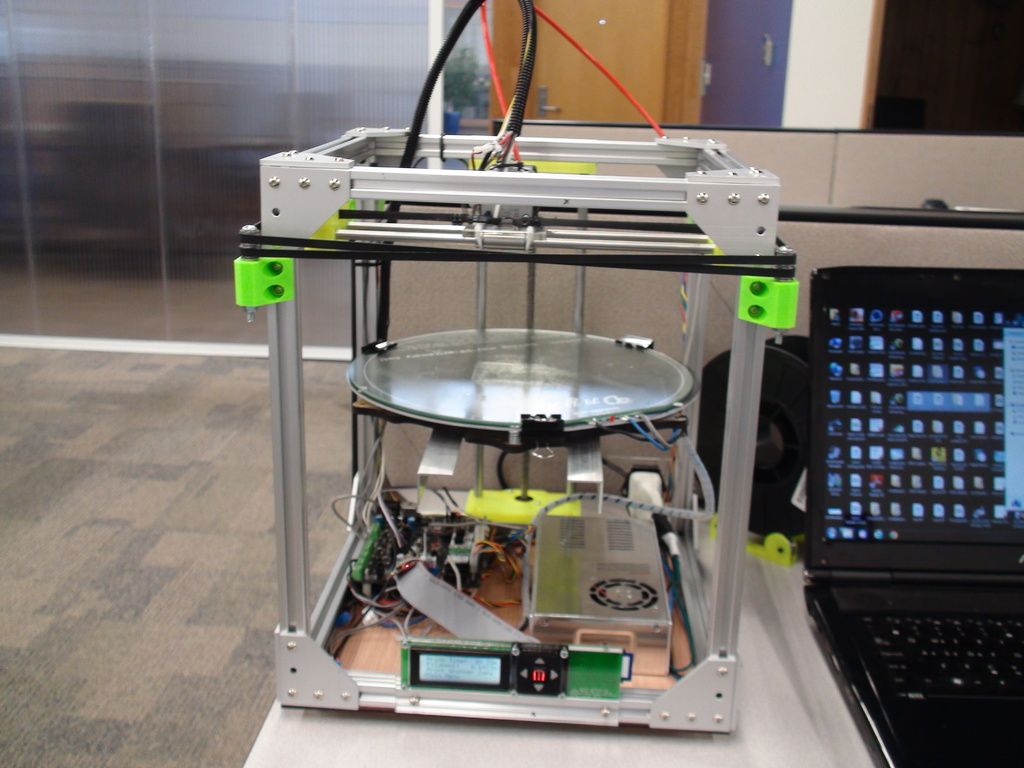 The local libraries have TAB groups and there is also a statewide STAB group.
The local libraries have TAB groups and there is also a statewide STAB group.
Get live online homework help from one-on-one tutors. This Brainfuse subscription service is available FREE when you log in with your Sacramento Public Library log in credentials. You can also get homework help in person at the library during certain hours.
Are you a public school teacher, homeschooler or other educator? Don’t forget to bring proof with you to the library. You’ll be able to borrow more books for a longer period of time and place holds on more items. You can also access special “Subject in a Box” kits that provide books, DVDs and CDs on specific subjects. You can also get “Check Out Science” kits, “Crocker Art Packs” and “Book Club in a Box” kits.
Nicole Thelin
Nicole is the owner and lead researcher for Low Income Relief. She has over 20 years of professional research and writing experience, and she has been solely dedicated to investigating low income topics for the last 10 years. Nicole started Low Income Relief after a personal experience with poverty. When her husband was medically discharged from the US Army, their family experienced tremendous financial hardship. Nicole was able to gather help from multiple community agencies and move into a nearby low income housing unit in just two weeks!
Since then, Nicole has been dedicated to helping low income families in crisis. She regularly spends hundreds of hours combing through countless resources to make sure that Low Income Relief has the most comprehensive and complete resource directories on the internet today.
Prior to starting Low Income Relief, Nicole worked as a novelist, journalist, ghostwriter and content creator. Her work has been featured in various print and online publications, including USA Today, The Daily Herald, The Chronicle and more. Her work has also been featured by Google for Publishers and other leading industry publications.
Nicole started Low Income Relief after a personal experience with poverty. When her husband was medically discharged from the US Army, their family experienced tremendous financial hardship. Nicole was able to gather help from multiple community agencies and move into a nearby low income housing unit in just two weeks!
Since then, Nicole has been dedicated to helping low income families in crisis. She regularly spends hundreds of hours combing through countless resources to make sure that Low Income Relief has the most comprehensive and complete resource directories on the internet today.
Prior to starting Low Income Relief, Nicole worked as a novelist, journalist, ghostwriter and content creator. Her work has been featured in various print and online publications, including USA Today, The Daily Herald, The Chronicle and more. Her work has also been featured by Google for Publishers and other leading industry publications.
Sacramento Public Library Offers 3D Printing Design Lab
3D printers move at the speed of light, it seems, in terms of their development. Two of the positives are that the quality continues to rise and the prices continue to drop. But many people are still not ready to buy, which is understandable. So I started a list of 3D printing in public libraries so you could find, at least in the US, to get started with a 3D printer from free to inexpensive.
Two of the positives are that the quality continues to rise and the prices continue to drop. But many people are still not ready to buy, which is understandable. So I started a list of 3D printing in public libraries so you could find, at least in the US, to get started with a 3D printer from free to inexpensive.
Every few weeks I work on a more detailed profile about a particular library to give you an idea of what's available and provide you with a resource you can use to help your public library decide to add a 3D printer,
The Sacramento Public Library has a 3D printing lab at the Arcade branch. The lab is housed in an area they call "The Design Spot". It includes three 3D printers (3 Makerbot Replicator 2 machines, 1 PrintrBot Jr.) and computers with AutoCAD and Photoshop software. This equipment, books, and software for creating the Spot were provided with funding provided by a grant from the California State Library. The goal of this new 3D technology focused area is to inspire new interest for people of all ages.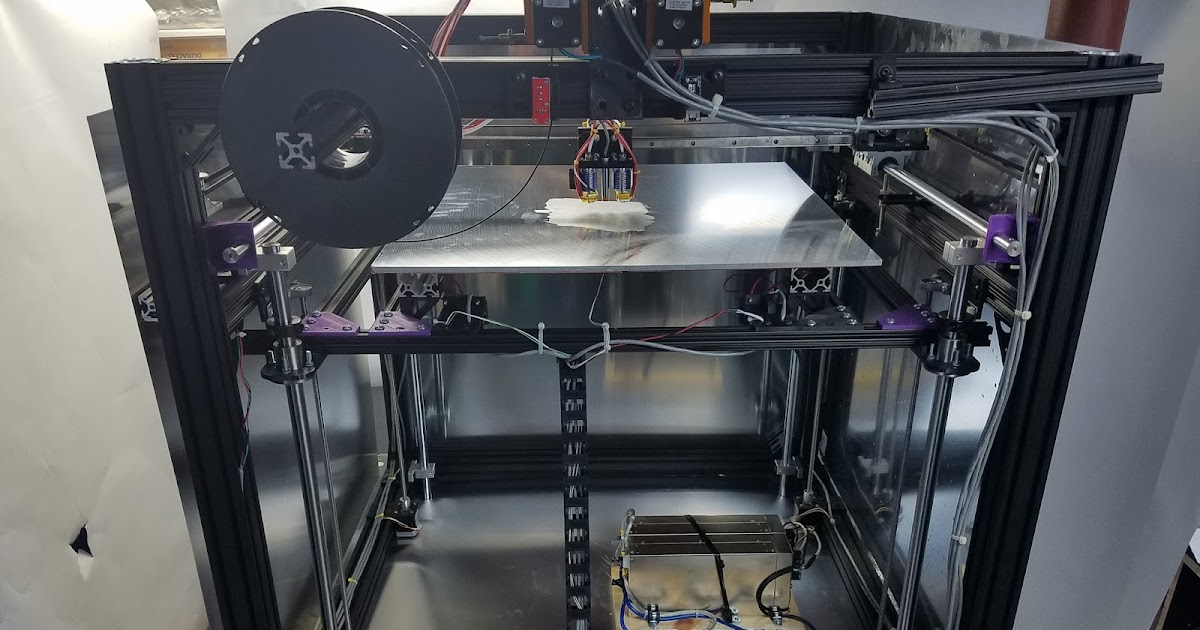
Two 3D printers such as The Design Spot use PLA material. You can read about different materials on my LINK LINK, but PLA (polylactic acid) is a corn-derived bioplastic and therefore recyclable. The library does not charge for 3D printing during print times. As with many public places, there are restrictions on what you can print. However, before you print, always check with any public 3D printing lab.
Design Spot offers classes in 3D Design to help you get started.
I'm a huge fan of public libraries offering creators and 3D printing labs, but it's not always an easy offer, so if you have an interest in volunteering, I recommend stopping by your local library to see if you can help. .
In my list of public libraries, I mentioned visiting the Children's Center for Public Libraries, which has a teen/youth target audience: they call it HYPE: Help Young People Excel. As you can tell, their mission is somewhat broader than 3D printing, which I've heard from many communities. HYPE offers the Makerbot Replicator as well as a host of electronic DIY stuff: Raspberry Pi's, Arduinos and more. These are regular users of Tinkercad, 123D Catch and other easy to use free apps that most developers love.
HYPE offers the Makerbot Replicator as well as a host of electronic DIY stuff: Raspberry Pi's, Arduinos and more. These are regular users of Tinkercad, 123D Catch and other easy to use free apps that most developers love.
Public libraries are often the first place people go when they are trying to learn about new technology. So, if you're part of the effort, please get in touch, as I'd love to hear from people who are making an effort to create a developer lab or 3D printing in their community. My current list contains about 25 or 26 public libraries, and I know there are more of you! Contact us by clicking my name in the above line.
Libraries become start-up incubators
In order not to die, libraries must reinvent themselves and create a role for themselves in the new digital world.
Compared to what is happening now with the book depositories, the destruction of the Library of Alexandria, perceived by contemporaries as a colossal blow to world culture, may seem like child's play.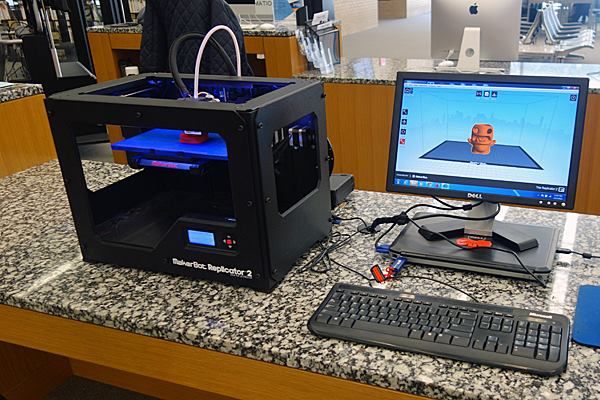
According to one version, the famous library of Alexandria perished after a fire in 47 BC, when Caesar, in order to prevent the capture of the city from the sea, ordered the fleet in the harbor to be set on fire, and the flames engulfed, including storage rooms with books.
What the fire did not destroy was completed by the edict of Emperor Theodosius I the Great on the prohibition of pagan cults. The so-called "small" Library of Alexandria was destroyed by Christians at the end of the 4th century AD.
Just as the great library of antiquity became an accidental victim of a fire, modern libraries as an institution have become a collateral victim of new digital technologies. No imperial edict is required for them to begin to close as unnecessary. As the Skolkovo expert says Anton Titkov, director of the interuniversity student business incubator "Druzhba" of the Tomsk State University of Control Systems and Radioelectronics , "the classic version of libraries, I think, is unpromising. "
"
“As it stands, [libraries] have no future,” agrees Skolkovo expert Varlam Keshelava, commercialization adviser to the leading Research Institute of Chemical Technology RID VNIIKhT . “Reading paper books has become the lot of grandmothers who have not adapted to electronic readers, and a luxury for business class passengers.”
The reading room of the New York Public Library is not crowded
Or are libraries still needed in a changed era?
Provincial American city of Fayetteville, Arkansas. The population is 73 thousand people. The per capita income is 18 thousand dollars, 20% of the population lives below the poverty line. Youth under 18 - 20%.
In 2011, the Fayetteville Library became the first public library in the United States to host a maker lab, a cross between a classroom and a start-up incubator, on its premises. Instead of rows occupied by outdated novels and encyclopedias, there are 3D printers, laser cutters, plumbing tool kits and sewing machines.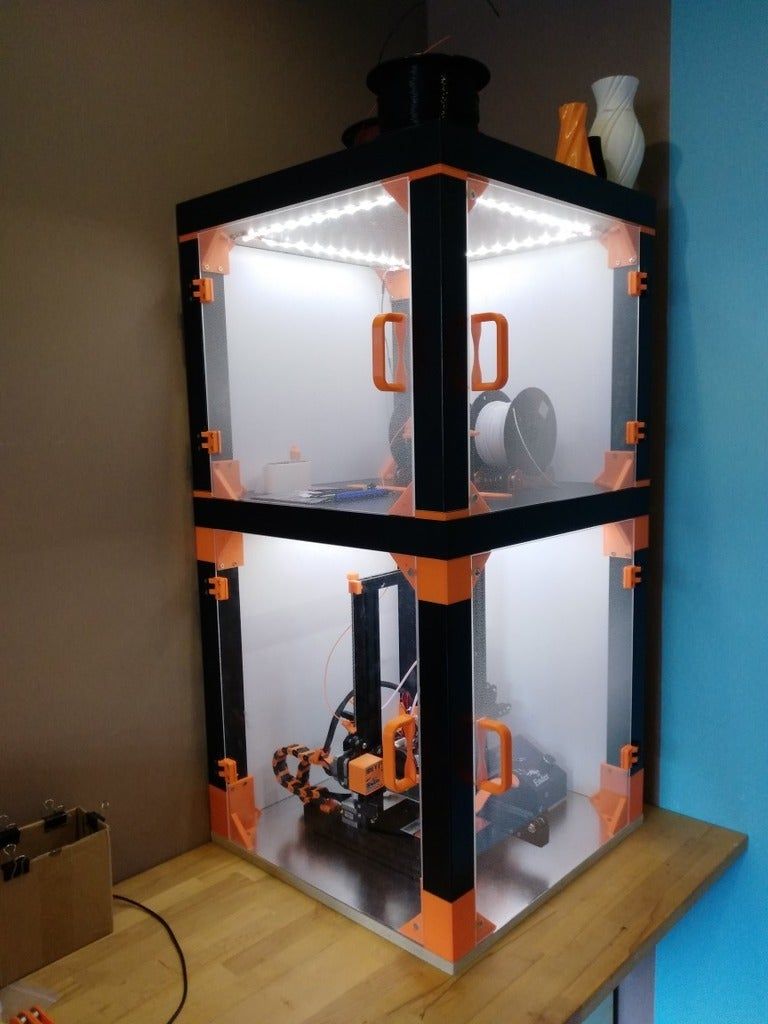
After Fayetteville, similar incubators sprang up in libraries across America, including Sacramento, Pittsburgh, Denver, and Detroit, New Scientist reports. According to the American Library Association, one in six libraries in the country are involved in this movement to some extent. One of the largest in the United States, the New York Public Library, is closely following what is happening and intends to introduce these approaches into its practice.
To make room for laboratories, libraries are reviewing their collections. In Tennessee, the Chattanooga Public Library auctioned off a third of its holdings - encyclopedias, scientific journals, and novels that were not in demand by readers. A whole floor was vacated, on which the laboratory was set up. The University of Nevada Reno Academic Library has put more than half of its prints and books into storage, freeing up 1,700 square meters of space for a workshop.
It's one thing to clear the area for workshops, it's another thing to equip them.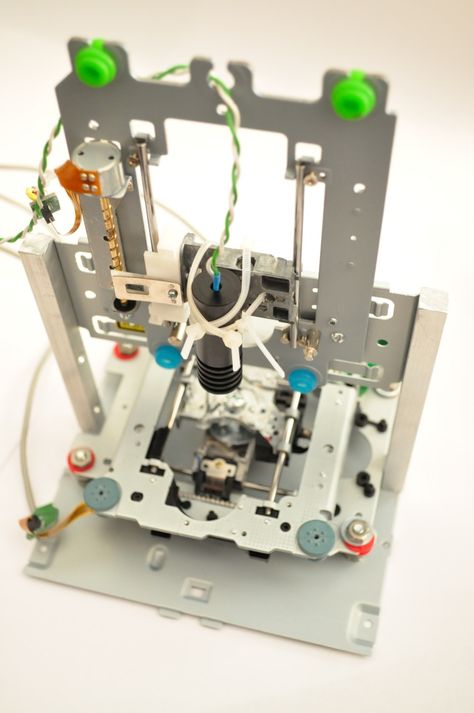 3D printers are not cheap, not every library is able to purchase them on their own. State investments come to the rescue. A government organization such as the Institute of Museum and Library Services financially supports this movement. She provided $2.6 million in grants for the purpose of creating a laboratory in the libraries.
3D printers are not cheap, not every library is able to purchase them on their own. State investments come to the rescue. A government organization such as the Institute of Museum and Library Services financially supports this movement. She provided $2.6 million in grants for the purpose of creating a laboratory in the libraries.
Although the "library incubators" are only a few years old, there are already some impressive results. In the library. Harold Washington in Chicago, users created a prototype satellite tracking system. Two university graduates produced an innovative model of the brain canal in the Fayetteville Library Laboratory, which was then licensed to a medical device company. A library incubator does not necessarily mean that high-tech breakthroughs will be made every day. At the Chattanooga Library, a cheesemaker 3D printed a logo, which he then pasted onto cheese circles.
The transformation of a library from a temple of knowledge into a bustling laboratory or workshop can really be seen as a return to basics, says Tod Delgrove of the University of Nevada Library: Library of Alexandria, ”New Scientist quotes him as saying.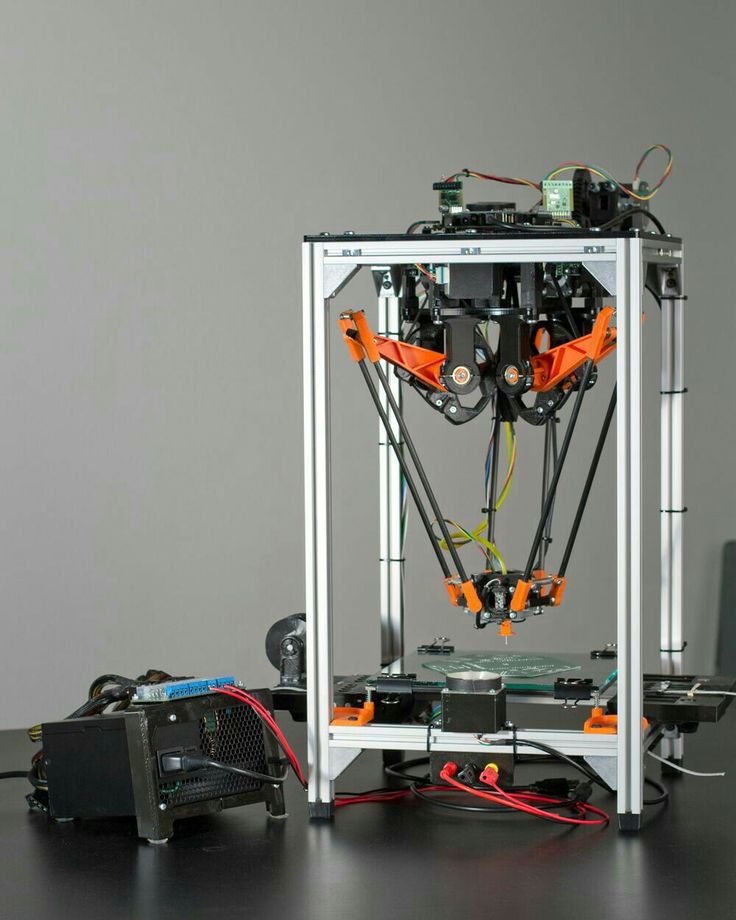
Such an environment, the publication notes, is perhaps what is needed to save libraries. “Book knowledge is now easy to acquire digitally, but creating and managing tools and devices – something that characterizes modern society – requires specialized skills. The only way to master them is, as they say, to hold these devices in your hands.
Sk.ru conducted a mini-survey of Skolkovo ecosystem participants in an attempt to understand how they feel about the rapidly changing role of libraries.
A library in America is bigger than a library
Yury Nikolsky, Director of Science at the Skolkovo Biological and Medical Technologies Cluster , who has worked for many years in America, believes that the library revolution taking place there now is “an interesting concept, based on a long American tradition."
Yuri Nikolsky: The library in America has always been a gathering place for people. Photo Sk.ru
According to Nikolsky, for some time he lived in "a real one-story America", in a small town in the state of Indiana. “Traditionally, the city library has been a gathering place. People came there not only to read books - I lived there before the advent of electronic books - but also, for example, to make some transactions, for example, buying a home, - he tells Sk.ru. - Housewives came, some groups gathered to drink tea. It was such a communal meeting place. There was also a church, but the church was only on Sundays. And on other days, the library plays such a role.
“Traditionally, the city library has been a gathering place. People came there not only to read books - I lived there before the advent of electronic books - but also, for example, to make some transactions, for example, buying a home, - he tells Sk.ru. - Housewives came, some groups gathered to drink tea. It was such a communal meeting place. There was also a church, but the church was only on Sundays. And on other days, the library plays such a role.
What is happening now, from this point of view, is nothing new, since the library in America has always been a gathering place for people. Turning libraries into centers of technological growth makes perfect sense. People already know where to go. If this place acquires new functions, this is logical. The same story with university libraries, they also stopped going to. 20 years ago they were full of people reading magazines; Now all magazines are electronic. So university libraries are now looking for themselves too.”
Yuri Nikolsky illustrates the possibilities of a communal center using this example. In April, he was at a biotechnology conference in Boston. “There was an amazing presentation by Heather Dewey-Hagborg from Brooklyn; she is not a biologist - a sculptor. She became interested in checking what genetic traces we leave, and what can be learned about it (remember the movie "Gattaca"? This is about the same thing). She started by collecting cigarette butts, traces of lipstick on a glass ... She collected a whole collection. What happened next surprised me the most. Brooklyn has a local center where anyone can come - people from the street, locals - and do a little bit of molecular biology. Such a communal molecular biological laboratory. Since technology is constantly being simplified, it has already been brought to such a level that any unemployed person can come and learn how to climb databases, how to sequence DNA ... This woman also had no training. Within two months, she managed to genotype the DNA that she had collected. I looked up about 50 loci in databases, options for how we look: height, to some extent weight, facial features, eye color, hair color .
In April, he was at a biotechnology conference in Boston. “There was an amazing presentation by Heather Dewey-Hagborg from Brooklyn; she is not a biologist - a sculptor. She became interested in checking what genetic traces we leave, and what can be learned about it (remember the movie "Gattaca"? This is about the same thing). She started by collecting cigarette butts, traces of lipstick on a glass ... She collected a whole collection. What happened next surprised me the most. Brooklyn has a local center where anyone can come - people from the street, locals - and do a little bit of molecular biology. Such a communal molecular biological laboratory. Since technology is constantly being simplified, it has already been brought to such a level that any unemployed person can come and learn how to climb databases, how to sequence DNA ... This woman also had no training. Within two months, she managed to genotype the DNA that she had collected. I looked up about 50 loci in databases, options for how we look: height, to some extent weight, facial features, eye color, hair color . .. Based on this, she made a whole gallery of portraits of people she never knew - people who left cigarette butts and lipstick marks."
.. Based on this, she made a whole gallery of portraits of people she never knew - people who left cigarette butts and lipstick marks."
Libraries have a "revolutionary future"
Doctor of Biology Alexander Kaplan project ExoAtlet, which received the main prize at the Startup Village-2014 conference) admits that the last time he was in the library was fifteen years ago. But he has no doubt that libraries have not only a glorious past, but also a future.
“Libraries, by definition, are institutions for the storage and lending of printed materials,” says Prof. Kaplan in an interview with Sk.ru. - In this sense, libraries not only have a future, but a revolutionary future. The vast majority of libraries will restructure their work in connection with the transition to digital media, the creation of network structures on a planetary scale and, in connection with this, the involvement of cloud storage systems. What tens of thousands of amateur sites are doing now, by hook or by crook creating pantries of digitized books and magazines, should become the main function of libraries united by unified systems for codifying publications and ways of providing them to users.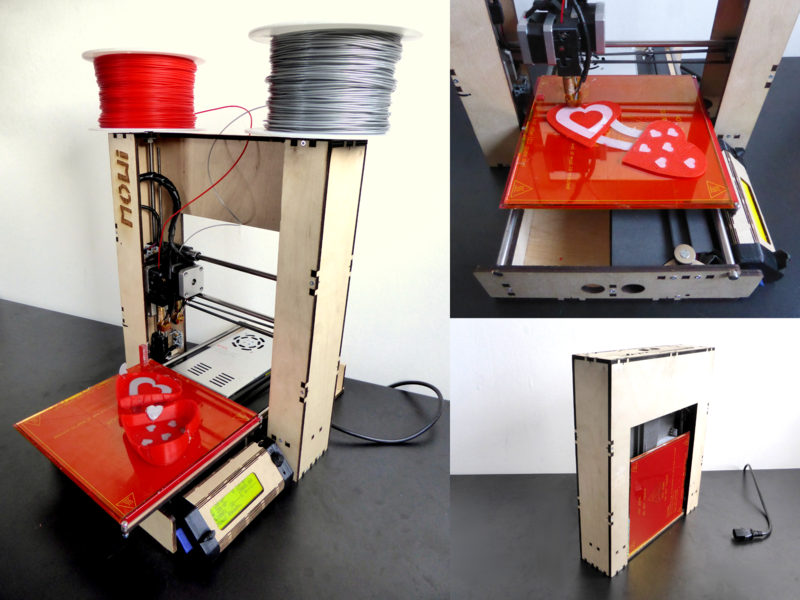 Of course, there is also a separate library area - children's editions. Probably, paper children's libraries will be preserved, but also on the basis of digital media, with the only difference being that books in a good cover and with pictures can be ordered on paper in the same library. To do this, it will be enough for the library to have a desktop printing house with a binding machine.”
Of course, there is also a separate library area - children's editions. Probably, paper children's libraries will be preserved, but also on the basis of digital media, with the only difference being that books in a good cover and with pictures can be ordered on paper in the same library. To do this, it will be enough for the library to have a desktop printing house with a binding machine.”
Professor Alexander Kaplan: "Libraries have a revolutionary future." Photo Sk.ru
3D printers in American libraries do not impress Alexander Kaplan. “The American experience with 3D printers in the library is a myth,” he says. - The journalists didn't understand. Renting out unused space for 3D printing has been taken as a new trend in librarianship. Not to print books on a 3D printer, except perhaps the spines of books for unpretentious users?
Another thing is that the so-called Fablabs are developing in the world - small halls in which high-tech equipment is installed, usually controlled by a computer.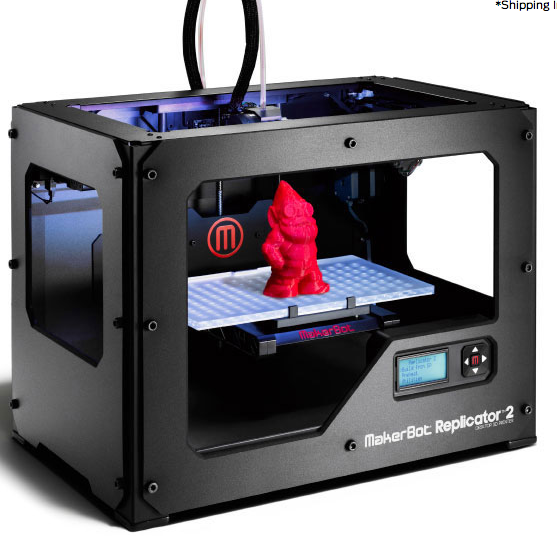 These are digital metal processing machines, and units for creating composite materials, and the same 3D printers. In these Fablabs, those who wish can translate their ideas into concrete physical forms and devices.
These are digital metal processing machines, and units for creating composite materials, and the same 3D printers. In these Fablabs, those who wish can translate their ideas into concrete physical forms and devices.
Whether it makes sense to combine libraries and Fablabs is a big question, the scientist believes.
“Russian libraries, just like American ones, should do their own thing: digitize paper products that do not have digital copies, store and organize now digital versions of books and journals, and also maintain a user-friendly system of access to digital library funds. Over the next 10 years, there should not be a single paper sheet with text from the collections of libraries and other repositories in the world that does not have its own digital copy.
Fablabs, original circles of scientific and technical creativity for teenagers and adults, should develop independently.
Skolkovo expert, managing partner of the company Global Innovation Labs Igor Balk agrees with Alexander Kaplan that libraries have a future.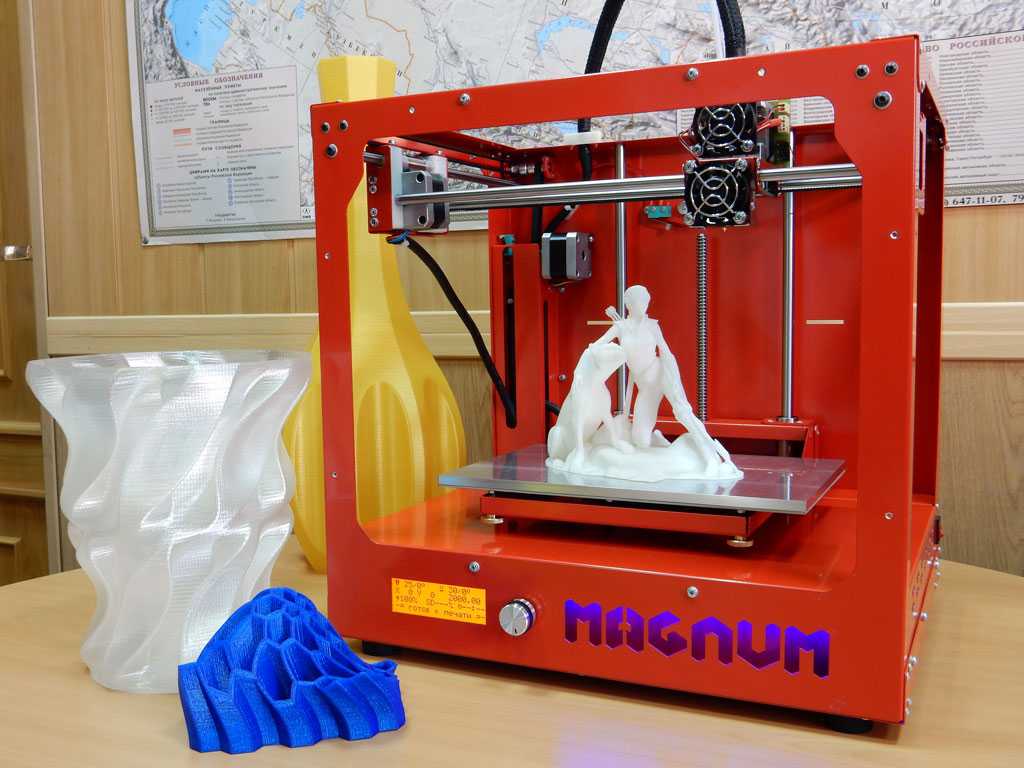 “Yes, there is such a future,” he said in an online interview with Sk.ru from Boston. - Especially in universities. Plus, libraries give access to unique archival documents and should be a kind of community centers,” the IT expert believes, who does not agree that libraries and, relatively speaking, Fablabs (communal centers in his terminology) should exist separately.
“Yes, there is such a future,” he said in an online interview with Sk.ru from Boston. - Especially in universities. Plus, libraries give access to unique archival documents and should be a kind of community centers,” the IT expert believes, who does not agree that libraries and, relatively speaking, Fablabs (communal centers in his terminology) should exist separately.
However, when asked when was the last time he himself was in the library, he answers: “I use only online versions.”
Representative in Russia of a Finnish company Nordic ID Dmitry Artemyev ( used to work for the Skolkovo company Talksum) goes to libraries “not out of personal necessity”, as he puts it: he is engaged in library technologies - the introduction of radio frequency identification (RFID) for books and documents. This year, RFID technology, which allows readers to receive literature without the help of a librarian, will appear in 10 Moscow libraries.
Local club for the educated.
“In my opinion, the future of Russian libraries is very similar to what, judging by the article, awaits American libraries,” the expert tells Sk.ru. - Traditionally, this is a place where, without buying, you can take a popular book; plus local clubs, circles, etc., for adults (actually, what different "palaces of pioneers" should be doing, but in the existing education / financing system they are designed exclusively for children and are quickly and confidently blown away). That is, it is not 3D printers that are important. Today a 3D printer, tomorrow maybe plasticine and clay again - the point is that the library remains a local “club for the educated”.
There is also the function of the archive, which is not going anywhere, but these are rather large city libraries, and the whole story is about district ones,” Dmitry Artemiev explains his thought in an interview with Sk.ru.
“There will be adequate funding (and reasonable reporting) - librarians will figure it out themselves, traditionally enthusiastic people work there,” he continues. - Perhaps it will even be enough to declare that the library is becoming such an educational platform, and - funding for the elementary organization of the process.
- Perhaps it will even be enough to declare that the library is becoming such an educational platform, and - funding for the elementary organization of the process.
And the installation of equipment (3D printers, as well as just printers, copiers, etc.) is quite a commercial project. It is inexpensive to install, and the visitor will pay for the consumables.”
Skolkovo expert, Executive Director of the non-profit organization "Preseed Investment Fund" Mikhail Rayak (the last time he visited the library while studying at the institute) believes that the functions of libraries should undergo significant changes:
- an increase in the number of services, provided electronically and remotely (via the Internet), including the placement in open access in electronic form of works that have passed into the public domain;
- merging with state archives and other similar information bases, creating a unified information system;
- providing access to works protected by copyright on the basis of an agreement with copyright holders. Access to such works for end users can be both paid and free.”
Access to such works for end users can be both paid and free.”
At the same time, Mr. Rayak is sure that there is no place for non-core equipment in the library: “3D printers in libraries are an absolutely unnatural thing. The main purpose of any library is to provide access to certain information. Accordingly, the development of libraries should be aimed at achieving this goal in the fastest and most comfortable way.”
In the summer, the threadlike pulse of Moscow libraries is hardly palpable. Photo Sk.ru
In Russia, “the American experience is not applicable for libraries,” Varlam Keshelava is convinced. On the other hand, the expert believes, "the initiative with folk 3D printers" can be used on a different basis: "former pioneer houses (if preserved), former DOSAAF offices (if preserved), Houses of Life, REMBYTTEKHNIKA workshops, TsNTTM youth creativity center, etc. Yes, even a garage cooperative: we have a lot of them, the people are technically advanced, a 3D printer will be useful to them if someone allocates a grant. ”
”
I don’t go to the library myself, but I often take my grandmother there
Out of a dozen and a half experts interviewed by Sk.ru, only one, , Professor of the North Caucasus Mining and Metallurgical Institute Vladimir Tsarikaev, , said that he regularly uses the library for work: “I go to the excellent library of the North Caucasian Mining and Metallurgical Institute two or three times a month: without this it is impossible to effectively conduct pedagogical work, I constantly have to look through new acquisitions in subjects. I also use the electronic catalog of the library. Professor Tsarikaev is convinced that “libraries in Russia have good prospects, because due to the high cost of books, many will not be able to replenish their personal libraries with new acquisitions. A professor I know says: "Earlier in Soviet times, I often visited bookstores: everything was available. Now I bypass them, my pocket does not allow it." Mr. Tsarikaev also believes that Russia is not ready to use the American method: “there are no conditions for this, and should libraries be turned into a scientific institution, taking away functions from such departments of universities as the NIS, the department of scientific research?”
Skolkovo expert Anton Titkov, director of the Druzhba interuniversity student business incubator at Tomsk State University of Control Systems and Radioelectronics (TUSUR), answered the question of whether he had a chance to go to the library: “I occasionally take my grandmother to the library. There are various activities for pensioners. I don't go to the library myself, because Everything I need is on the Internet. By the way, this is not an isolated case. Another Skolkovo expert, Varlam Keshelava, admits: “About once a month I accompany my wife to the city library, who chooses another batch of women’s novels for her grandmother.”
There are various activities for pensioners. I don't go to the library myself, because Everything I need is on the Internet. By the way, this is not an isolated case. Another Skolkovo expert, Varlam Keshelava, admits: “About once a month I accompany my wife to the city library, who chooses another batch of women’s novels for her grandmother.”
Yuri Kotelevtsev: Marriages take place in the Edinburgh University Library. Photo Skoltech
One of the few participants in the Sk.ru survey who was relatively recently in the library for his own pleasure, - Yuri Kotelevtsev, Deputy Director of the Biomedical Center for Science and Education of RNA Interference and Integrative Physiology of Skoltech : “Six months ago , and it was a section of artistic historical literature.
When asked whether the American experience could be useful to Russian libraries, Yuri Kotelevtsev found it difficult to answer, but he, like the majority of survey participants, believes that Russian libraries have a future: “Collections of rare editions, manuscripts, etc. »
»
The researcher has worked for quite some time at the University of Edinburgh. There, “a library is basically a place for students to study at a computer terminal. The library in Edinburgh is open from 8 am to 3 am. She is responsible for maintaining electronic subscriptions. There are still paper magazines that few people read if they have access to them electronically. The library digitizes rare books and makes them available via the Internet.”
If domestic libraries want to take advantage of Western experience, then, first of all, they should install terminals with licensed access to magazines and books, Kotelevtsev believes.
The Skolkovo University of Science and Technology has an emerging library. Does Skoltech need it and what should it be? Yuri Kotelevtsev answers: “It must be like a religious building. The Edinburgh University Library, built around 1750, hosts all sorts of ceremonies, incl. official marriages.
The size of one note does not allow even a casual mention of all the issues that arise when trying to assess the rapidly changing role of libraries today. In Escorial, a castle-monastery built by the Spanish king Philip II, the library is one of the main attractions and it makes an unforgettable impression. Ancient folios stand in bookcases, and between them are genuine 16th-century globes, which were used by a king obsessed with the idea of world domination (it was during his reign that the sun never set over the Spanish empire). If there is a material symbol of absolute power, then the Escorial Library is one of the best examples of this.
In Escorial, a castle-monastery built by the Spanish king Philip II, the library is one of the main attractions and it makes an unforgettable impression. Ancient folios stand in bookcases, and between them are genuine 16th-century globes, which were used by a king obsessed with the idea of world domination (it was during his reign that the sun never set over the Spanish empire). If there is a material symbol of absolute power, then the Escorial Library is one of the best examples of this.
The library of Philip II in El Escorial is visited not by readers, but by tourists. Photo Flickr
It is clear that the main purpose of the library of Philip II is to serve as a museum.
Respect for public property
In August 1944, during the Warsaw Uprising, whose seventieth anniversary is celebrated this summer, the Polish poet Czesław Miloš (future Nobel Prize winner) lay under fire, pressed into the asphalt. A hundred meters separated him from the nearest shelter, but they had to be overcome somehow.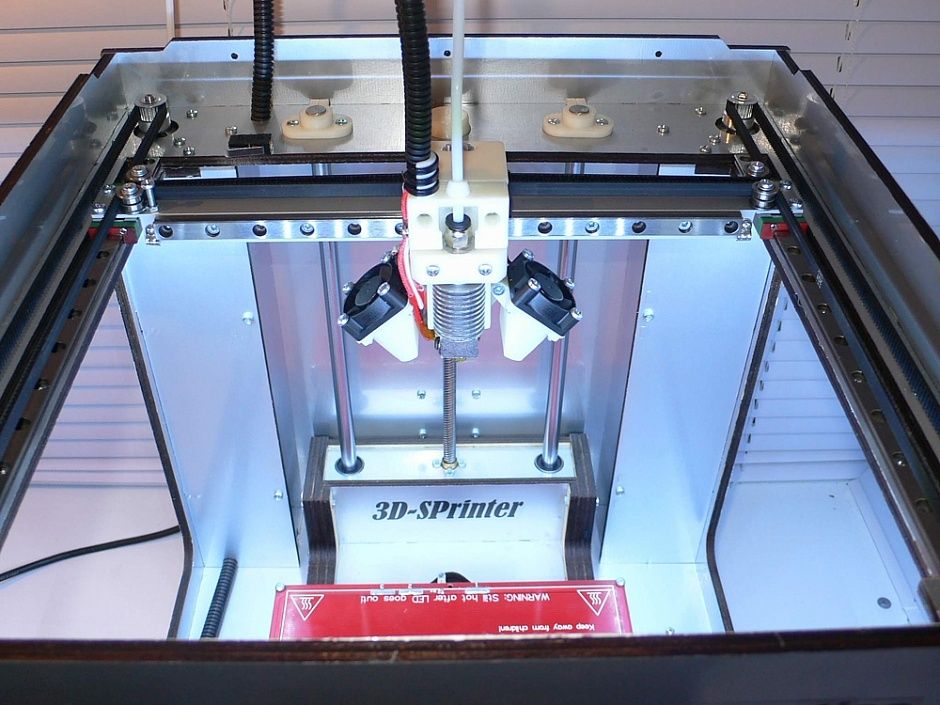 “Despite all this,” he later wrote, “I did not part with the book: first of all, out of respect for public property, since the book was stamped by the University Library; secondly, I needed her (although I might stop needing her). These were "Selected Poems" by T. S. Elliot, in the edition of Faber & Faber.
“Despite all this,” he later wrote, “I did not part with the book: first of all, out of respect for public property, since the book was stamped by the University Library; secondly, I needed her (although I might stop needing her). These were "Selected Poems" by T. S. Elliot, in the edition of Faber & Faber.
It is difficult for modern schoolchildren to explain what made a person risk his life in order to return a book to the library. Each era has its heroes and its values. The question of what will happen to libraries after, in the words of Alexander Kaplan, not a single paper sheet with text from library collections remains undigitized in the world, remains open. It is possible that one of these answers will be the transformation of book repositories into some kind of start-up incubators. But even in this case, paper books turn into decorations that are not directly related to the new function of the physical premises that house them. However, the fate of the paper book is an even broader question.




